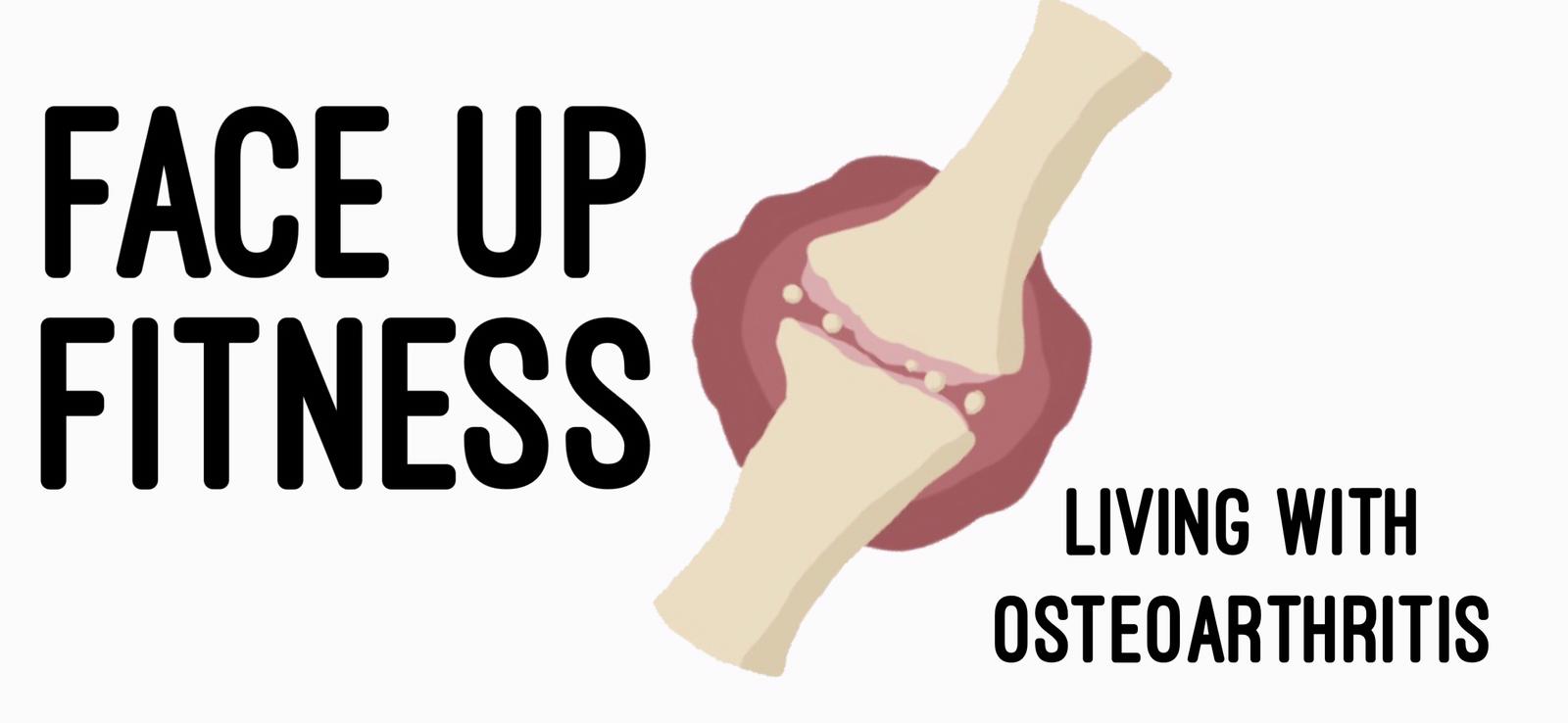 |
Living in the UK we don’t get to see much sun, so it’s easy to become a little blasé about the steps we need to take when holidaying in hot climes in order to protect our skin.
Dr Sarah Tonks, an aesthetic specialist par excellence at The Lovely Clinic, recently took time out of her busy schedule kindly to answer questions on sun safety for my readers. As you’ll note from her answers, much of the advice applies equally when on home turf!
Q: What essential items should we be throwing into our suitcase to stay sun safe?
A: A large wide brimmed hat, a vitamin C antioxidant, an SPF and a repair serum. A lot of people struggle to use a sunscreen on their face, saying it can be greasy or make it difficult to wear make-up - but they are probably not using a sunscreen which is specifically for the face. You really do have to do this if you want to layer make-up on top of it - you can't just use one meant for the body.
I like Obagi Sun Shield SPF 50 which is a mineral sunscreen, or if you have oily skin, SkinCeuticals Mineral Matte SPF 30 for a matte finish.
Vitamin C antioxidant 20% from Obagi is a great product too.
I also like Triple Lipid Repair from SkinCeuticals if you have sunburn and Dr Levy Intense Stem Cell Booster Serum.
The hat you can get from anywhere!
Q: Does the above have an order of importance?
A: Well, the hat first really, then the SPF, then the vitamin c serum - all to prevent damage and the repair products are a last resort.
Q: How and when should we be using these items?
A: Sunscreen should be reapplied every 2 hours when you are in a hot environment, or immediately after swimming. I would use the repair serums every night and the vitamin c serum first thing in the morning. The SPF should be the last thing you apply.
Q:Sunscreen
- What should we look for on labels?
A: SPF 30-50. SPF measures the degree of protection afforded against UVB rays which are the rays causing DNA damage, skin cancer and redness. If your sunscreen doesn't also have good UVA protection you may be getting damaged without realising because there will be no redness if the product is good at blocking UVB.
- How much should we use and how often does it need reapplying?
A: So in dermatology, things are measured by fingertip units. A fingertip unit is the end of your index finger to the first joint. For the face and neck if should be 2.5 fingertip units - this is actually loads. Most people do not use enough sunscreen. This is another reason why it’s important to use a high SPF - so you are maximising your chance of getting good protection.
For your whole body you would expect to use a quarter of a bottle per day at least. There isn't a number system for UVA rating but there is a minimum requirement - some brands put more stars next to the UVA logo to show their product more than meets this minimum requirement.
 |
| Wearing my Wallaroo UPF 50 hat in Spain last Summer |
A: The sun is at its strongest between 11am and 3pm so ensuring the use of a hat and reapplying every 2 hours is important here. I recommend SPF 30-50 as there are no real incremental benefits to going any higher than this - it is very hard to rub in too.
Q: Do different parts of the body require different levels of protection?
A: No I would just use the same factor everywhere but if you must have more than one strength, the strongest one should be on the face
Q: What is the first thing we should do if landing in sunny weather?
A: Make sure you have your SPF on!
Q: Should we be changing our skincare routine on holiday? If so in what way and why?
A: Maybe lay off the moisturisers, although I dislike moisturisers anyway as they make your skin quite lazy and contribute to it not producing enough hyaluronic acid. I recommend clients use SPF 30-50 even in the UK, so there isn't really so much of a difference.
Q: What is the one thing we mustn't do for the sake of our skin when on hols.
A: Don't sit in the sun and tan. I know this is pretty unrealistic for most people but I have seen a real decrease in the number of people deliberately sitting out in the sun to get tanned. I think people are much more aware now that they are really damaging their skin by doing this and it’s increasingly seen as unfashionable as smoking.
Certainly in my practice the vast majority of the patients just fake tan, if they bother at all because they are much more concerned about the quality of their skin than some transient browning.
Q: Why is the sun actually bad?
A1. Causes pigmentary disorders - brown spots - and disrupts even skin tone
A2. Makes the epidermis thicker as a protective mechanism, which makes skin look dull
A3. Directly damages DNA causing replication errors, which makes skin less radiant and causes cancer
A4. Induces enzymes which break down collagen, which doesn't come back.
As a footnote, Dr Sarah Tonks says she prefers a mineral SPF with no chemical additives: “These are better for people with rosacea, acne and post procedure. Chemical sunscreens are often better for darker skins as the mineral ones can look a little chalky. The Obagi 360 SPF is a mixture of chemical and physical SPF which actually doesn't break me out.”
A massive thank you to Dr Sarah Tonks for her help with this post



